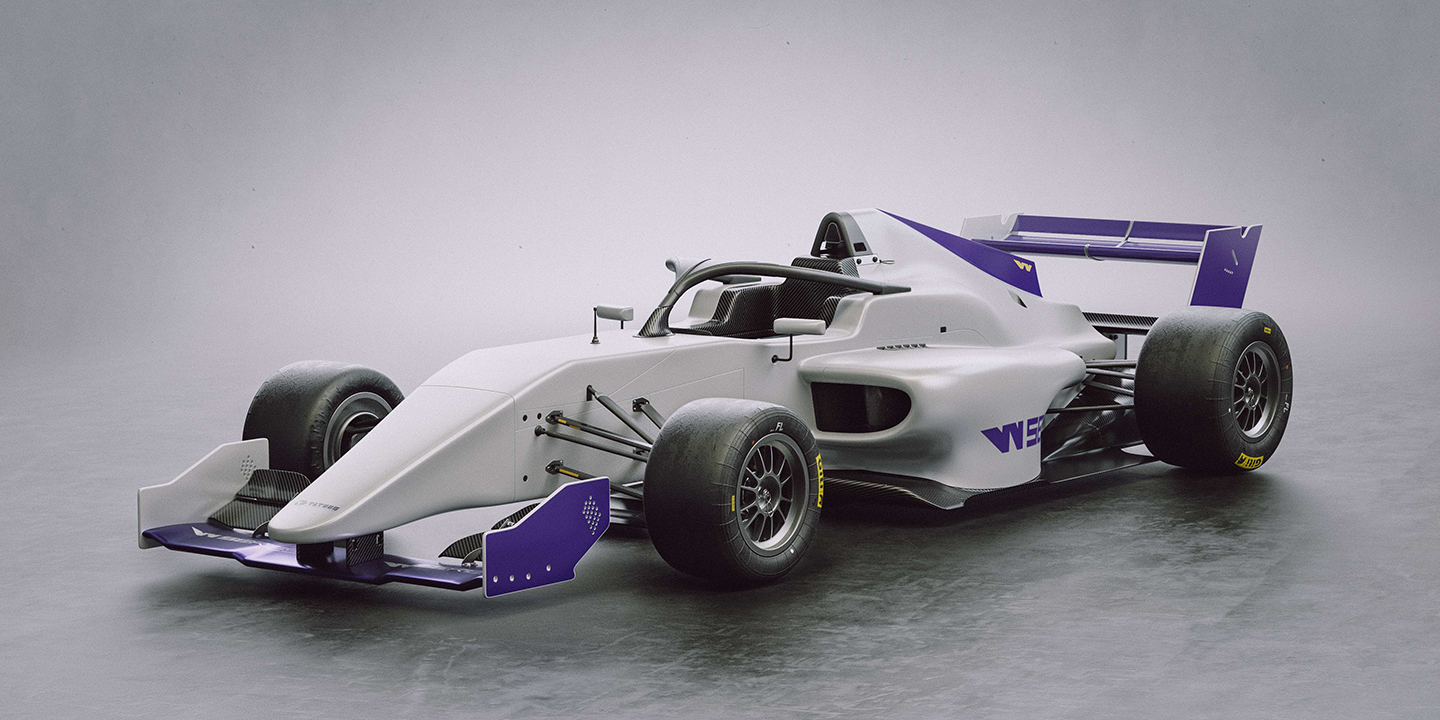A Women-Only Race Series Starting 2019. But Does This Help or Hinder Gender Equality in Motorsports?

The W Series is set to begin next year, with drivers competing in single-seater cars across Europe—and they will all be women.
The backers of the W Series—which include the likes of former F1 driver, David Coulthard, and F1 design engineering expert, Adrian Newey—believe that the reason women have not seen much success on the tracks is due to lack of opportunity, not of capability.
According to them, there is no reason why men and women cannot compete “on equal terms given the same opportunity” and that “with proper training women are physically strong enough” to become a top-class driver.
The 18 to 20 drivers will have to go through a pre-selection process: on-track testing, simulator appraisal, technical engineering tests and fitness trial. The series covers six 30-minute races in Formula 3 cars. The champion will take home US$500,000 from a prize fund of US$1.5 million.

But this begs the question of whether the world needs a women-only series. Should the focus be on eliminating discrimination in the current system instead?
Well, according to the organisers of the W Series, this would do just that. Coulthard said, “…you need a fundamental change in the process” and that the W Series is that fundamental change. It is expected to promote the sport amongst women, find top female talents and help them gain entry into what has predominantly been a ‘boy’s club’.
It’s not that there is no woman presently in racing, but admittedly there are so few that they stand out. The last woman to race in Formula 1 was as far back as 1976, and while Lella Lombardi scored points in the championship, she only earned a half point (due to the shortened, tragic race). She is also one of only two women to ever qualify to race in Formula 1.
The electric and much younger sibling of Formula 1, ie. Formula E, has had female racers competing since its first season, but even they are significantly outnumbered there.
Danica Patrick, who was the first woman to win an IndyCar race and then was also the first female to earn pole position at Daytona 500 after switching to NASCAR, and is probably the most famous female racer today (although retired), has had her achievements downgraded by some, who think that her popularity outweighs her skills. Richard Petty, who has won 200 NASCAR races in his career, famously said that Patrick could only win “if every else stayed home….if she’d have been a male, nobody would ever know if she’d showed up at a race track.”
Yet, Patrick has the confidence of none other than Bernie Ecclestone, who once said publicly that he would welcome Danica to race in F1 against the likes of Sebastian Vettel. When interviewed by the F1 website back in 2013, he said, “All the things that people worry about—whether a woman can cope with the G-forces and all that—(Danica) has proven that she can.”
So, the debate of whether men and women are equals when behind the wheel of a racecar has not yet reached a conclusion. Heck, the debate on whether women can drive, in general, is still ongoing. Critics of the W Series think that ‘corralling’ women into their very own space and asking them to compete amongst themselves would not help prove their capabilities, but would, in fact, encourage further segregation.
What do you think? Let us know in the comments section below.



Comment